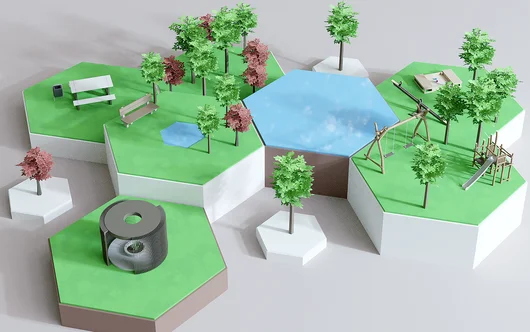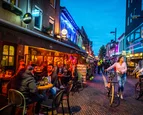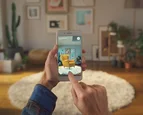To further increase that involvement, Furban uses augmented reality. Part of the design platform is the Furban City AR app, which allows submitted designs to be viewed in augmented reality, outdoors, on the spot. By pointing your phone’s camera at the street, the app shows you in an augmented reality layer what the public space would look like according to that design. The design tool thus offers an innovative way to involve citizens in decision-making about their own neighborhood.
Municipalities are excited
There is a lot of interest for Furban among municipalities. At the moment, the Furban team is conducting a pilot project with the municipality of Rotterdam. Sander: "Residents of a large square in the south of the city were able to come up with designs. They were also involved in the project through Teams. Using our AR app, the designs could be viewed in augmented reality on the square itself. This fits in with Rotterdam's smart city ambitions, for which the city is investing in apps and promising digital projects. Furban is one great application of this."
The Furban platform, which consists of a website for making and sharing 3D designs and an accompanying AR app, is being developed by the Furban team, including their Romanian Centric colleagues in Iași, among whom Andra Spiridon: "Unlike many other Centric solutions, Furban is not tied specifically to the Dutch situation or regulations. It can be used on a one-to-one basis in other countries, such as here in Romania."
World Bank
Andra thinks along about new functionality, but also about marketing the platform abroad. "At a networking event earlier this year, I had the opportunity to talk to people from the non-profit organization Urbanize Hub. Fortunately, they were enthusiastic about our plans to support citizen participation with Furban, and several opportunities have already arisen from this. The World Bank, a development cooperation institute, is also supporting these kinds of projects in Romania with grants."





